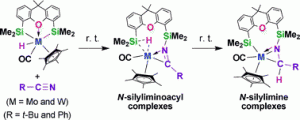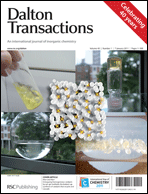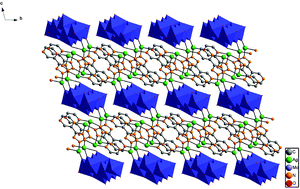 .
.
The Editorial Board and team at Dalton Transactions would like to wish all their readers a very merry Christmas.
Dalton Transactions has a great deal to celebrate this coming year, having being publishing for 40 years as of 2011, and achieving an impressive 2009 impact factor of 4.08.
.
Dalton Transactions is 40! Many activities are planned in celebration so keep your eyes peeled on the Dalton Transactions Blog 40th Anniversary Category for more info throughout the year. Look out for our Anniversary Perspective articles from our Editorial Board members.
We will also be celebrating by looking at ‘Top 40s’, the first of which is Dalton Transactions Top 40 cited articles, these will be made free until the end of January. Read the Top Cited Dalton Transactions Articles 40-31 on the blog here: Countdown to the Dalton Transactions 40th Anniversary!
 At Dalton Transactions we are delighted with our new impact factor of 4.08. Over four for the first time, many thanks to our readers and authors who have made this possible; read more about this news and visit the Dalton Transactions blog: Highest Ever Impact Factor – 4.1!
At Dalton Transactions we are delighted with our new impact factor of 4.08. Over four for the first time, many thanks to our readers and authors who have made this possible; read more about this news and visit the Dalton Transactions blog: Highest Ever Impact Factor – 4.1!
The Editorial Board are welcoming a new member, Associate Editor Professor Russell Morris from the University of St Andrews. His expertise is in the synthesis, characterisation and application of porous materials, especially for use in medical applications. Read more about the Editorial Board.
The RSC Publishing offices will be closed over Christmas, from the 25th December until 4th January, but we look forward to your submissions in 2011. Submit your paper online now.
Best wishes and have a safe and happy holiday,
Dalton Transactions Editorial Office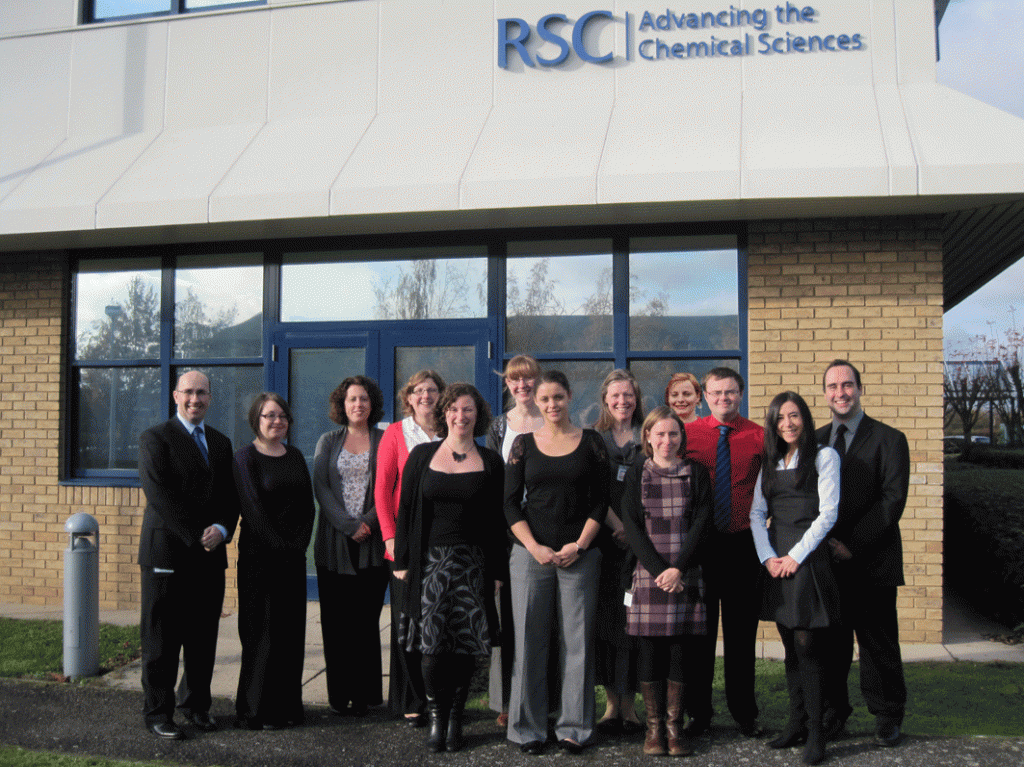













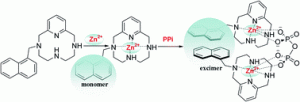 r read the original paper.
r read the original paper.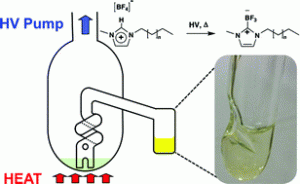
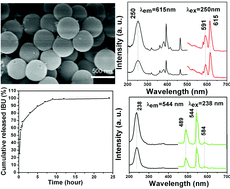 Preparation of luminescent and mesoporous Eu3+/Tb3+ doped calcium silicate microspheres as drug carriers via a template route
Preparation of luminescent and mesoporous Eu3+/Tb3+ doped calcium silicate microspheres as drug carriers via a template route 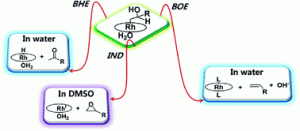
 A Zn2+-specific turn-on fluorescent probe for ratiometric sensing of pyrophosphate in both water and blood serum
A Zn2+-specific turn-on fluorescent probe for ratiometric sensing of pyrophosphate in both water and blood serum



